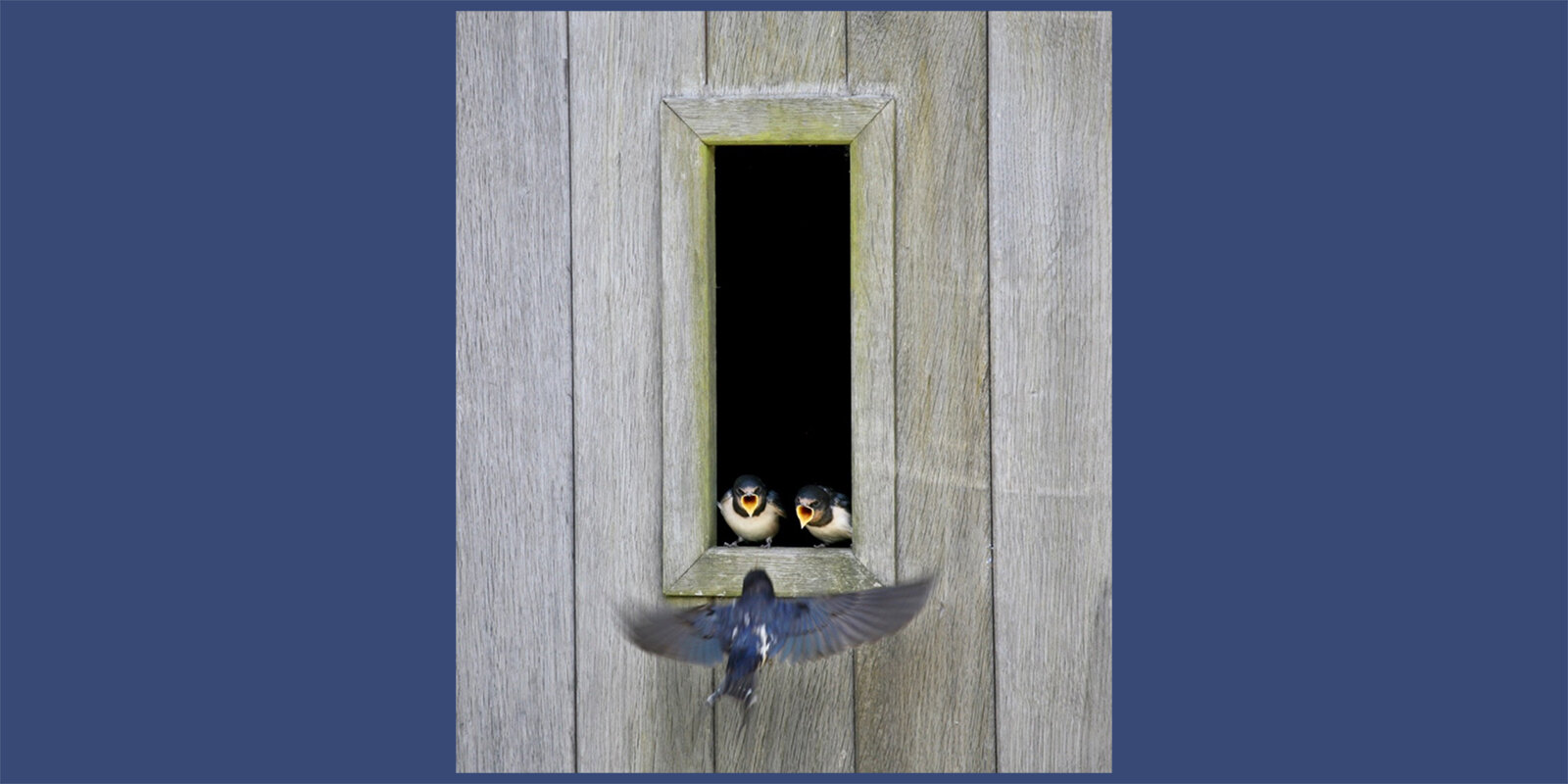
You thought to yourself, “If only this image contained half the amount of light it would be perfect.”. Let’s say you took an image with a shutter speed of 4 seconds, f/8, ISO100, and noticed it was too bright. Shooting Example – Using Stops & Shutter Speed This is taught in my Exposure Triangle Photography Guide.
EOS BACKYARD SHUTTER SPEED ISO
To maintain constant image brightness, while increasing or decreasing shutter speed, changes in ISO or f-stop must be made by the same number of stops in the opposite direction.įor example, a stop up in shutter speed would require a stop down in ISO, f-stop, or a combination of both, to maintain the same image brightness. Remember, f-stop & ISO are staying constant for this example. Notice, in each image, the water becomes more and more smooth. The images show a 1 stop increase in shutter speed with no changes to ISO or f-stop.Īs motion blur & shutter speed increases the water becomes less and less detailed, with increased smoothness.Īs the images progress, stopping up in shutter speed, they become brighter with increased motion blur. You can track these changes using the shutter speed chart while looking at the following examples. An Example of Shutter Speed & Exposure Stops Shortening the shutter speed, producing a shorter exposure time, forces the image sensor to collect less light information, producing a darker image with less motion blur. Lengthening the shutter speed, producing a longer exposure time, allows the image sensor to collect more light information, producing a brighter image with increased motion blur. This makes it easy to increase or decrease the image brightness & balance the exposure triangle without guessing.

Using varying shutter speeds the photographer can add “interestingness” to the photo by showing movement in a still picture. When different elements in the composition move during the exposure, such as:Įach pixel will show the average of the color and light collected during the exposure time. Once this exposure time has elapsed, the shutter closes and the sensor is no longer exposed to light. This is known as a 2 second exposure time.

Shutter speed controls the exposure time.įor example, a shutter speed of 2 seconds, exposes the image sensor to light for 2 seconds. Mirrorless cameras do not. Other than this fact shutter speed works in the same manner for both. Technical Note: DSLR cameras have a physical shutter. When you push the shutter button to take an image, the shutter opens and the sensor is exposed to light for the amount of time denoted by the shutter speed setting.


The camera sensor collects & records light information about the scene being photographed. To create an image, light passes through the lens aperture where it’s exposed to the camera sensor.


 0 kommentar(er)
0 kommentar(er)
